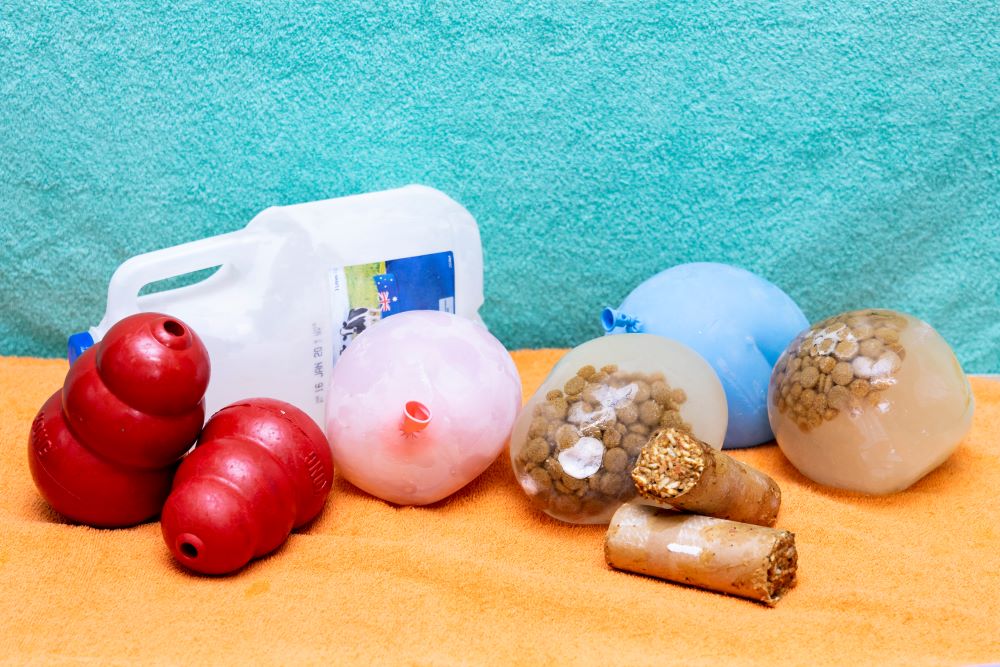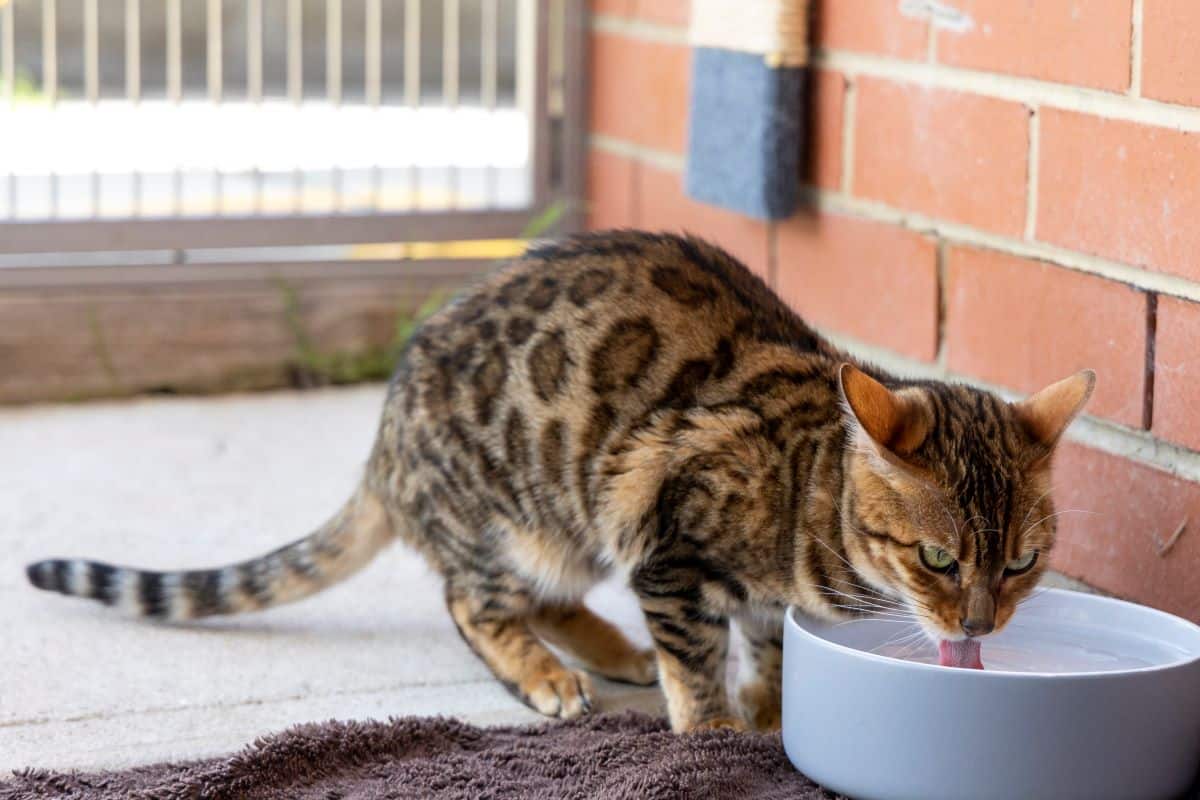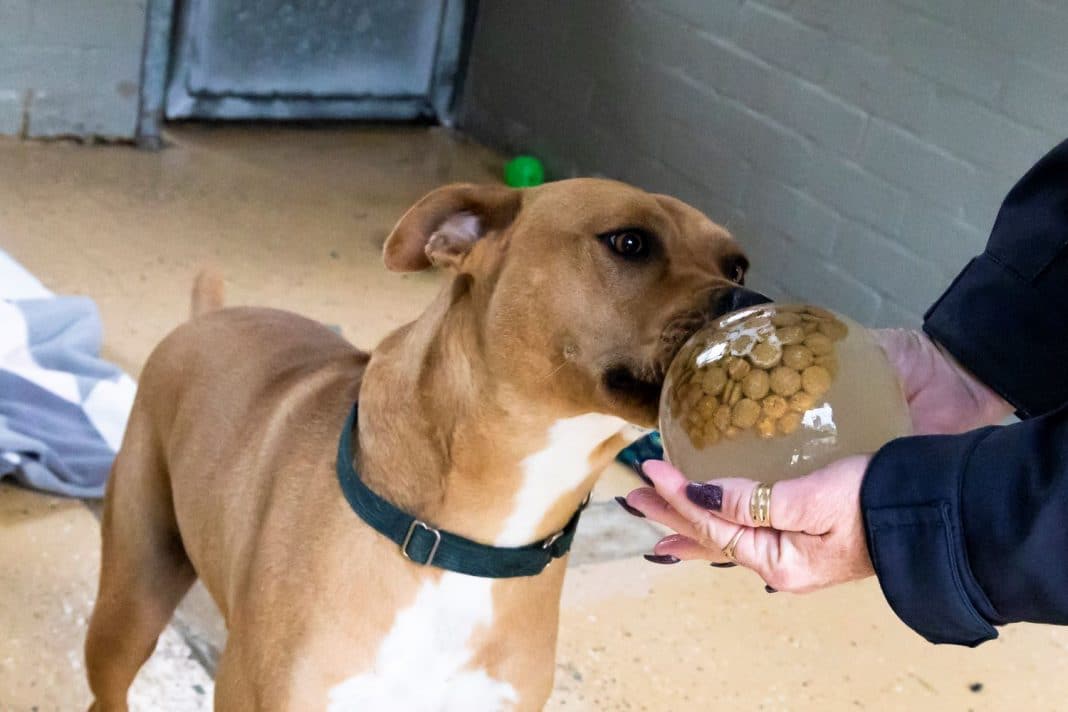With summer here, it’s important that pet owners take the time to ensure our furriest family members are comfortable in changing conditions. RSPCA ACT CEO Michelle Robertson says that because animals can’t take off layers if they start to get a bit toasty, or simply jump in a pool, humans have to provide solutions for them.
“The most important thing to remember is that our pets can’t look after their own environment, they can’t change their own environment,” Ms Robertson says.
First and foremost, she says, is to ensure that pets of all species have access to cool, clean drinking water, shade, or air-conditioned spaces. The available shade might change throughout the day as the sun moves.
Ms Robertson advises that long-haired breeds, both cats and dogs, are shorn in the summer. Heartbreakingly, inspectors are still called out, especially during the summer months, because someone has left their pet in the car.
“An animal can die within six minutes in a hot car; it really is a big no-no,” she says.
Dogs want a daily walk, but when should you take pets out during hotter weather? The RSPCA advises avoiding the middle and hottest part of the day. Not only because dogs can get dehydrated, our poor pups don’t have sweat glands, but also because the surfaces will be hot, and can burn their precious paws.
“The same applies in your backyard,” Ms Robertson said. “If you have a lot of concreted spaces, their little paws – we’ve seen it, it is really terrible – can actually get blisters.”
If the ground is hot to the touch, and you wouldn’t want to walk barefoot on it, don’t subject your animal to it. Some species are often forgotten when talking about pets and weather, as it mainly focuses on our dogs and cats, but our birds, rodents, and oddities also have the same requirements. The CEO says all animals need ventilation, cool water, and proper accommodation appropriate to their species.
“Water is your friend,” Ms Robertson said. “You can have running waters, water fountains; dogs love those big shells that they can jump in.”
For animals who might prefer to avoid the water, you can freeze containers like the 3L milk bottles for them to cuddle up to. Depending on the thickness of your animal’s fur, you could wrap it in a towel before placing it with them.
If you live in an apartment, Ms Robertson suggests leaving the aircon on, or putting some fans around – anything to keep the air comfortable and ventilation flowing. She also recommends that people who take their dogs out in their utes consider the temperature of the metal trays.
“Those flat trays get really hot, so maybe just put some fabric or something that will keep it cool, so if doggo jumps on that, they don’t burn their feet.”



Keeping pets cool can also be fun. The RSPCA ACT team showed CW just how easy it is to make frozen treats for dogs or cats, which can be readily translated for other species.
They filled water balloons with stock-infused water and pet biscuits for a delicious, cooling ice block for the dogs (or cats and smaller creatures) to kick around and work their way through, while toilet paper rolls were stuffed with all sorts of goodies before being frozen.
“You can take oats and some tuna, or some wet dog food, mix that, and stick it in the freezer to freeze, or you can use rice as the base and put a bit of stock in it,” Ms Robertson says.
Heat isn’t the only weather concern on the radar. Dogs and cats are quite sound-sensitive creatures, so wind and the clanging that comes along with it are often distressing, explains Ms Robertson. Ensure there is space for them to escape the wind if they are outside. The same goes for any kind of stormy weather.
“If you’re going to be travelling and leaving your pets at home, please just have a look before you leave on the weather app, and make sure that you plan appropriately.”
New Year’s Eve is known for one thing: fireworks, which can frighten even the toughest of animals. Loud noises can scare all kinds of pets. Our cats and dogs are known for being particularly skittish around fireworks. To ensure their comfort, you can put on some music or ambient noise to help distract them, and, most importantly, provide them with a comfortable, secure, safe space.
Cats like dark, quiet spaces, so make a cosy nook in a box, cupboard, or under the bed. You can get dogs’ beds that nearly fold over or thunder jackets, even a blanket for them to snuggle under. Ms Robertson says it is about knowing your pet and what will make them feel the most comfortable.
“It’s just about feeling safe, providing those spaces for them that they can get into, climb in, just feel safe or protected.”
To support the RSPCA ACT’s animal welfare work, head to their website and read about the many ways you can get involved: rspca-act.org.au
Get all the latest Canberra news, sport, entertainment, lifestyle, competitions and more delivered straight to your inbox with the Canberra Daily Daily Newsletter. Sign up here.



